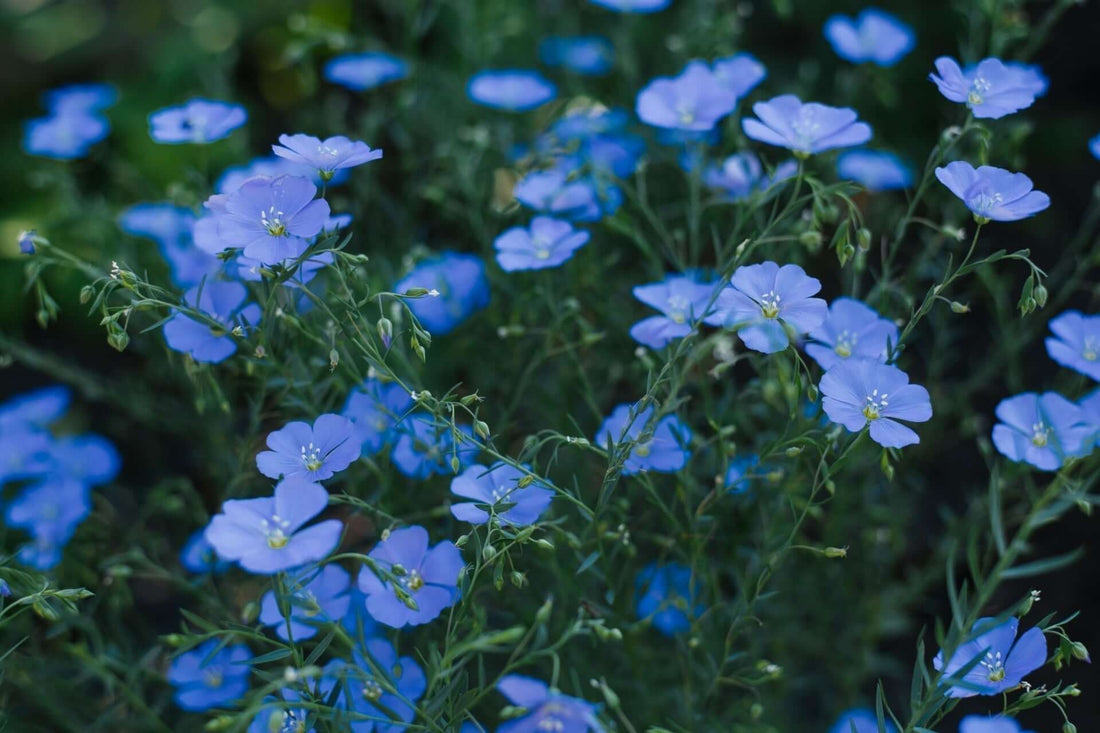
Building a Greener Future
Share
Climate-Resilient Perennial Selections
Gardeners and landscapers worldwide face significant challenges from climate change, forcing them to reevaluate their plant selections and cultivation practices. Choosing perennials capable of enduring erratic weather patterns, temperature fluctuations, and variable seasonal rainfall forms a foundational approach to developing an enduring garden. Because they survive through multiple growing seasons, climate-resilient perennials establish strong root structures that enable adaptation to environmental changes while minimizing the necessity for frequent replanting and extensive upkeep. The hardiness of these plants supports biodiversity because they offer uninterrupted shelter and nectar sources for pollinators. You can develop a lush and beautiful garden through careful selection and intentional maintenance while remaining ecologically conscious even during environmental turmoil.
Understanding Climate Resilience
Plant climate resilience describes how well a plant can adjust to multiple environmental stresses, including drought and temperature changes while maintaining regular growth and reproductive cycles. Resilient perennial plants often display multiple characteristics that support their ability to prosper despite environmental stressors. These plants' deep or fibrous root systems enable them to reach and use water from deeper soil layers, which proves crucial during extended periods without rain. Certain perennials survive in bad soil using tough rootstocks to extract nutrients from the otherwise hostile ground.
The ability of plants to endure climate stress involves more than just their genetic code. Soil preparation practices, watering schedules, and plant care routines significantly impact gardening success. Climate-resilient perennial growth benefits from mulching and composting practices, which boost the soil's ability to hold moisture and nutrients while establishing plant-friendly growth conditions. When you include native species among your plant selections, your garden design becomes naturally resilient against local weather patterns and pests. Supportive gardening methods combined with natural plant traits establish climate-resilient gardens that thrive despite climate change uncertainties.

Selecting Hardy Perennials for Changing Conditions
The search for plants resilient to climate change starts with studying your local environment and identifying species that succeed in comparable or more challenging settings. Plants developed to survive extreme seasonal changes in mountainous and arid areas become strong contenders for enduring climate fluctuations. Lavender, yarrow, and catmint have been valued for their capacity to endure high temperatures and drought conditions with little water yet continue to attract pollinators through their beauty. Feather reed grass and switchgrass resist drought and temperature changes while enriching the landscape with movement and texture without requiring much maintenance.
Water-wise perennials become particularly valuable when rainfall patterns vary unpredictably. Certain sedums among succulents survive droughts by storing water in their leaves, and their thick foliage provides visual appeal. Select perennials that withstand colder zones when your area experiences harsh winters or unexpected frost conditions. Russian sage thrives in cooler climates, maintaining its attractive silvery leaves and purple flowers to provide continuous beauty throughout the season. Daylilies demonstrate exceptional toughness and support growth across various environmental conditions, such as high temperatures, moist air, and sudden cold spells. Mixing time-tested perennials throughout your garden establishes an attractive, dynamic landscape that stands up better against unexpected climatic changes.
Intertwining perennials that bloom at different times enhances your garden's ability to withstand environmental challenges. The succession of flowers strategy draws consistent pollinator activity and protects your garden from single-species failure when unexpected weather conditions affect particular perennials. Gardens with plants that bloom at different times stay attractive from spring until fall and reduce the effects of midseason temperature or rainfall changes. The diversity found in ecological systems creates stability, while multiple perennials protect against dependency on a single species to survive climate challenges.
Nurturing Your Climate-Resilient Garden
After choosing climate-resilient perennials, you must nurture them properly to enhance their natural durability. Soil quality is paramount. Compost or manure enhances soil drainage while increasing its ability to retain water, which provides your perennials with a stable supply of moisture and nutrients. By preparing soil well, you can promote profound root growth, which helps plants sustain themselves better when facing droughts or high temperatures. Even though established perennials should avoid overwatering, young plants benefit from deep yet infrequent watering sessions, which promote more profound root growth and help them endure prolonged periods of drought.
Applying mulch around plant bases helps soil temperature stability while minimizing moisture evaporation, which protects against temperature fluctuations. The protective layer prevents weed growth that competes with plants for essential water and nutrients. By selecting mulch made from natural materials like shredded leaves or bark, you add organic matter to the soil through decomposition, maintaining continuous soil enrichment. Regular pruning and deadheading help plants develop better disease resistance by reallocating resources from old blooms to new growth.
Nurturing climate-resilient perennials involves monitoring them for disease and pest threats. Sturdy plants possess superior natural defenses, yet proactive removal of infected foliage and promoting beneficial insects remain crucial to controlling potential outbreaks. Planting nectar-rich flowers near your garden can attract natural predators such as ladybugs or lacewings, which helps lessen chemical interventions that upset your garden's ecosystem balance.
Your awareness of local climate patterns enables you to adjust gardening techniques to weather conditions, enhancing plant survival rates. When a perennial plant fails to thrive even with proper care, the species is incompatible with your local microclimate conditions. Be open to testing different hardy plant varieties until you discover the combination that succeeds in your specific environment. Climate-resilient gardening demands equal attention to observation and experimentation while requiring research and planning efforts.
A purposefully crafted garden with climate-resilient perennials exemplifies environmental adaptation and conscientious stewardship. Choosing durable plants helps you reduce constant replanting and intensive watering while building gardens that support pollinators and biodiversity that remain beautiful throughout the seasons. Choosing climate-resilient perennials is essential to maintaining a thriving outdoor space amidst future unpredictable conditions while highlighting how gardeners contribute to building a sustainable world.
